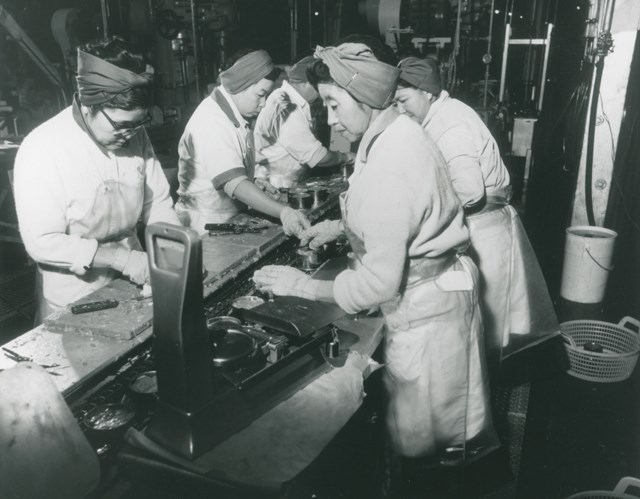A series of short films chronicling Steveston’s Japanese history is in the works after the City of Richmond kicked in $75,000 in funding.
Richmond City Council approved the funding last month for “Nikkei Stories,” to be completed early next year by Vancouver-based filmmaker Gordon McLennan, which will be displayed inside the old Japanese Benevolent Society house.
The house, located behind the Steveston Museum and Post Office, is currently under restoration and is expected to open in spring 2015.
“It’s going to be a 10-part series of short films ranging from two to four minutes long,” explained McLennan, who’s been, for 25 years, a writer, director and producer of feature films and documentaries.
“It’s a look at the people, events and places that are important in the culture, economics and historic life, Japanese life, in Stevenson.”
The series will be similar to the Black Strathcona project McLennan produced for Vancouver, which was six decades of black history in that historic eastside neighbourhood, told through 10 distinct short films.
Permanent street signage, with QR codes for cell phones, were also installed at each location filming took place to increase public awareness and make the project interactive.
McLennan was due to meet with Steveston Historic Society chair Loren Slye to start planning what stories will be told; which will be difficult to narrow down, as the amount of stories and ideas will be vast.
“We’re going to be going through hundreds of still photographs, going through the archives and going to individual families,” McLennan said. “It’s a huge amount of research.”
The filmmaker is also seeking more financial partners as he also plans to create an educational component, which could be used in schools. He feels projects like this are important because of how quickly people forget their history.
“The whole Lower Mainland and Vancouver and Steveston have developed so quickly and it’s important to conserve and remember,” McLennan explained.
“Especially a community that has contributed so much to Steveston and still does.”
Slye has seen McLennan’s previous work and is excited about this project.
“It ties right in with Japanese house being reconstructed,” Slye said.
“It will tell the history of the Japanese community here from 1800 and beyond.”



